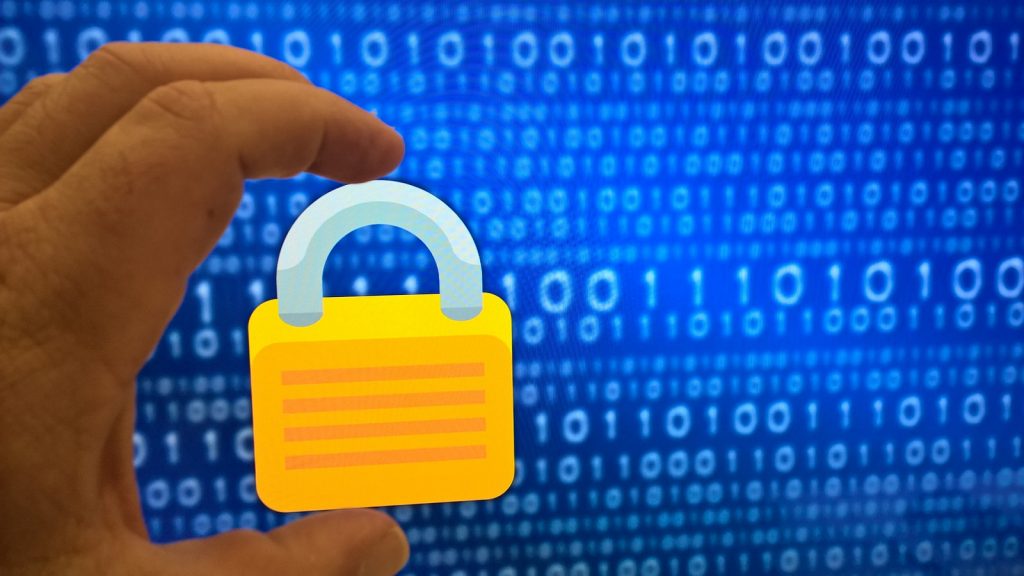As businesses come to depend more on data, the need for information security is greater than ever. Unfortunately, IT teams often lack the budget or the expertise necessary to launch and maintain a viable IT security program. As a result, it’s not easy to draft a comprehensive security information and event management (SIEM) strategy. And businesses do not always have the resources to work with a managed security service provider as it involves vigilant management of service-level agreements. So businesses requiring protection without blowing a significant chunk of their budget should opt for low-maintenance endpoint security. Check out some options below:
Inform your employees

Did you know that 91 percent of cyberthreats start off as phishing attacks? Users open emails from unknown sources without realizing they’re a scam, inadvertently exposing their systems to root-kit injections, ransomware, and theft of PII (personally identifiable information). Thankfully, a little awareness goes a long way in preventing this issue. Share some tips with your employees, which are easy to enforce:
- Never download attachments or click on links from unknown senders.
- Open productivity tools and disable the automatic launching of macros.
- Verify password reset emails from the IT team.
- Forward suspicious emails to IT.
- Alter important passwords regularly, and use a combination of capital letters, numbers, and special characters.
- Do not send PII or money as a direct response to an email request.
Implementing these email rules in your organization goes a long way in preventing accidental malware execution, credential theft, improving overall security, and avoiding fraud.
Get antivirus with event logs
Instead of blowing up your budget on SIEM, it’s easier to install an active threat-detection program that runs in the system background. Use active protection to achieve three main directives, including:
- Close monitoring of open apps in real time.
- Setting up network firewalls.
- Logging of events in a central dashboard, according to event data, time, and computer.
This way, you succeed in implementing an effective and hands-off approach to cyberattack threat detection and prevention in business environments.
Simplify incident response
Times are changing, and so are digital threats. So even an enterprise that spends tens of thousands of dollars each month on internal security is not immune to intrusions. But does this mean that you give up trying and resign yourself to digital attacks? No! Instead, develop an incident response plan, preferably one that enables you to swiftly ward off cyberattacks.
A good way to implement endpoint security without spending too much involves restoring software via reboots. End users can now employ DIY techniques to reduce unwanted downtime and maintain clean systems without relying too much on IT teams. Ideally, you should pick solutions that are scalable and customizable.
Several paid and open source options can fulfill this role, and you need to configure them correctly before you can scale out:
- Elasticsearch: An open source, scalable search, and data storage solution.
- NXLOG: Compatible with multiple platforms, including Linux and Windows, this is an open source, commercial log management solution.
- Logstash: This scalable log ingestion engine forwards its results to Elasticsearch easily.
- Kibana: Elasticsearch’s companion web interface, capable of producing direct search queries and creating data visualizations.
- SysInternals Sysmon: Written by Microsoft’s Mark Russinovich, this is a great Windows event log enhancement module.
Bear in mind that developing a scalable solution is possible only when the event log filtering configuration is distributed. This ensures that only the bare minimum and relevant details flow back to Logstash and then Elasticsearch. Plus, note that these solutions are meant to serve as proof-of-concept for a tactical monitoring solution aimed at tracking IR and monitoring teams; it should not be mistaken for a long-term log archive system.
Focus on device security hygiene

You need to update all your security software to the latest versions and get rid of any programs that are not being used in the workplace. Update apps, security software, mobile OS, and web browsers on any device connected to the Internet. These updates provide an additional layer of protection against growing threats like spyware, adware, ransomware, computer viruses, and others.
In case your IT service provider offers BYOD security, they can point out what you’re doing wrong. Also, if you downloaded an app for a specific purpose and no longer have any need for it, then the best practice is to remove the program from your mobile device. Not only does this free up space, but it also makes your system less vulnerable.
Always maintain a secure connection
Be careful when connecting your device to a WiFi hotspot. Wireless and public networks are not secure. When you access your device through a public hotspot, you allow anyone with a working knowledge of hotspots to see what you’re up to while connected to the device.
- Never use public WiFi.
- Never attempt important tasks on public WiFi.
- Avoid logging into email accounts, insurance, and other data-sensitive services.
If you require a more secure connection, especially while accessing your business network on the move, use a VPN.
Also, disable your Bluetooth and WiFi connections when you’re not using them. Locations, like restaurants, stores, and other consumer service establishments, tend to scan for gadgets with Bluetooth or WiFi turned on when you’re near their location.
Always exercise caution to prevent malware from infecting your system. Keep in mind that spam-related direct phone calls, voice messages, and SMS texts are extremely popular at the moment. So if you are requested to provide personally identifiable information across any of these mediums, think twice.
Endpoint security is a necessity
Endpoint security is no longer an option — it’s a necessity, considering the mounting digital threats. However, there’s no need to blow up your budget in the process. Pick and choose cost-efficient solutions for your business without sacrificing your requirements.
Photo credit: Flickr / Christiaan Colen



